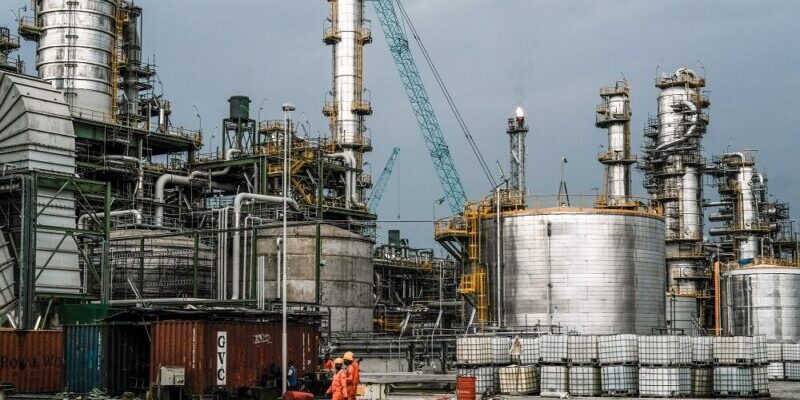Amidst increasing efforts by governments worldwide to secure energy supplies following Russia’s invasion of Ukraine, investments in the oil and gas industry are surging.
This wave of investment aims to ensure a reliable, affordable, and sustainable energy future. Rystad Talks Energy’s May edition webinar – entitled, ‘Supplying energy security, who has a Part to Play? – focused on the pivotal role of natural gas and liquefied natural gas (LNG) in global energy security.
The webinar addressed challenges related to the energy transition and supply uncertainty while providing market updates, gas and LNG outlooks, and insights into emerging Clean Tech trends.
Moderated by Jarand Rystad, CEO of Rystad Energy, and Anne Ekern, Head of Marketing and Communications, with guest speaker Greig Sproule, Vice President of Tolls and Tariffs at the Canadian Association of Petroleum Producers (CAPP), the webinar comprised Rystad Energy panelists: Per Magnus Nysveen, Head of Analysis; Ademiju Allen, Senior Analyst, Gas Markets Research; Jeffrey Morgan, Head of Canada; and Artem Abramov, Head of Clean Tech Research.
In assessing the current state of the European gas market, Nysveen’s observations shed light on the complex dynamics at play in the European gas market, highlighting the contrasting trends and disparities that exist within its various segments.
“The European gas market is quite well supplied right now, and that is why we have seen prices coming down below $10 per MMBtu, which is still a fairly good gas price,” Nysveen said, adding that costs were leveling out at a fairly high level, except offshore markets, where there are still some increases.
“For the new energy and old energy, they are still increasing because of the high combined activity, and that is especially engineering and steel prices.”
Regarding the energy trilemma, Nysveen stated that low-carbon investments were surpassing investments in oil and gas, acknowledging the ongoing transition to low-carbon sources and emphasizing the need for increased capacity in both sectors, but with a greater focus on low-carbon investments.
Regarding projections in the supply gap in the LNG market, Allen said, “By 2030, the supply gap grows to about 71 million tons in the short term, and in 2024, essentially the gap there is about 2024 million tons.”
Meanwhile, Sproule explored Canada’s state of LNG and its place in the energy transition. Sproule stated, “Canada ranks 5th in terms of global production around 17 billion cubic feet per day. The current production, but the estimated reserves are just amazing. You know there’s 1400 trillion cubic feet,” highlighting Canada’s significant natural gas production and vast estimated reserves.
In terms of lowering emissions, Sproule said, “We are missing opportunities in LNG in reducing global emissions,” claiming that by exporting LNG, Canada can make a substantial contribution to reducing global emissions. He mentioned that if 20% of coal-fired electric generation in Asia is converted to natural gas through LNG, it would be equivalent to one times Canada’s total emissions.
He further noted the importance of indigenous partnership throughout the supply chain, mentioning that these partnerships contribute to employment, project ownership, decision-making, and aim to achieve net-zero emissions while respecting the environment.
Concluding the webinar, Abramov discussed the sectors contributing to Canada’s carbon intensity, including industrial emissions, power generation, transportation, buildings, and direct energy production. He emphasized the need for a balanced strategy and investment framework to effectively decarbonize these sectors.
In terms of government funding, Abramov said, “Canadian energy transition decarbonization is not really limited to decarbonizing the power sector… if you look at the governmental funding coming from the Canadian government, you could see that as you move towards the second half of these decades, there is a general expectation that the funding will shift towards other clean tech sectors.”
![]()




